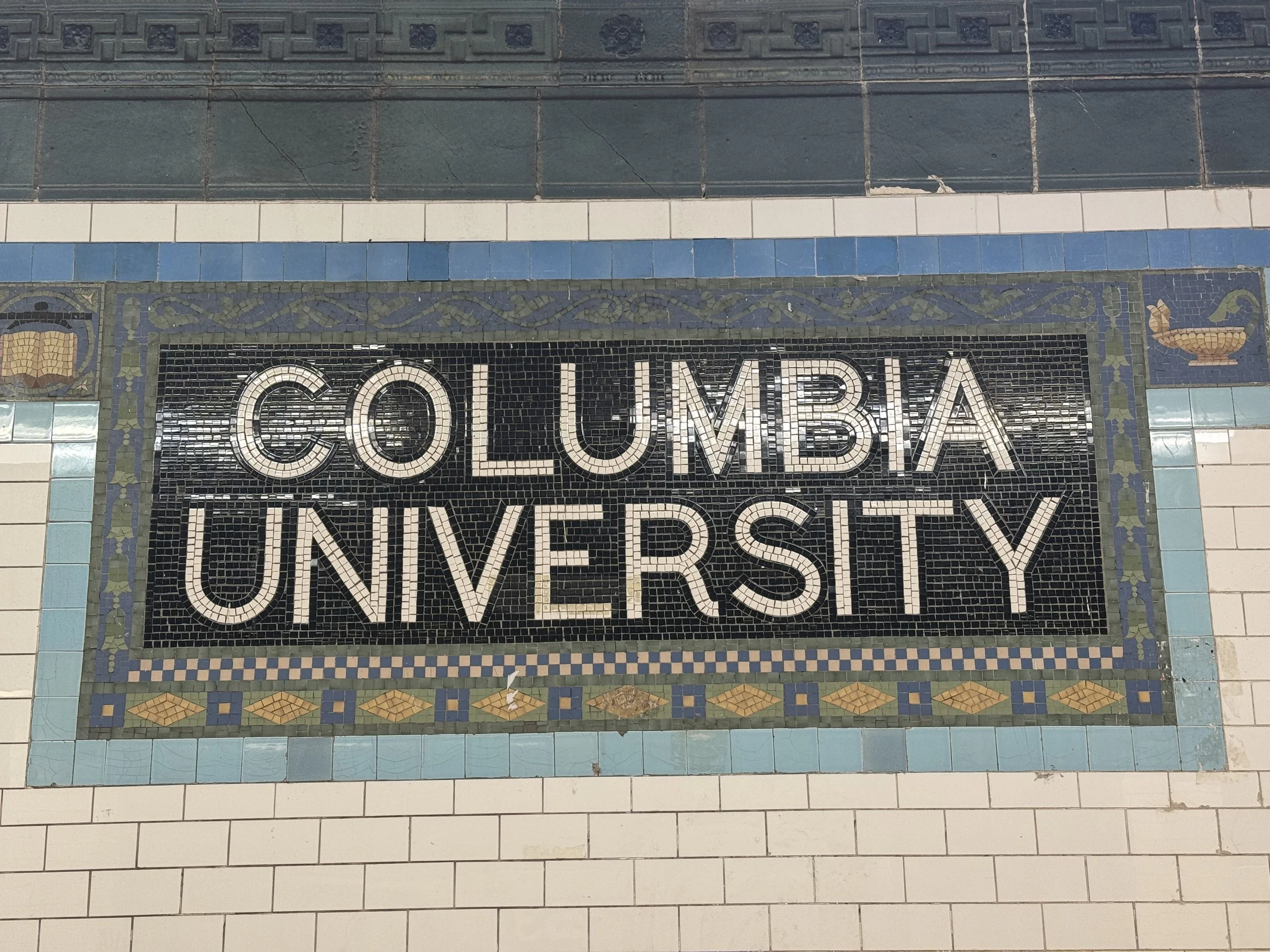As a recipient of this 2024/25 CEDIA/RAAD ‘Space to Think Award’, early Career Researcher, Dr David Osbaldestin, used his funding to accelerate his work on the history of the first sans serif typefaces. As part of his postdoctoral research, he is exploring practice-based outcomes, located in the transient space between art and design. In June, he visited New York’s Cooper Union to attend the 2025 Typographics festival. The event brought together international typographic scholars, artists, and designers, to explore the points of convergence between disciplines, all under the lens of typography. While in New York, David visited the Rare Books and Manuscripts archives at Columbia University, where he examined a lesser-known typographic specimen of the world's first sans serif printing types, ‘Two Lines English’ by William Caslon IV. The Columbia specimen was first identified by typographic scholar John A. Lane in 1990, dated by Lane as c. 1812. This makes the Columbia specimen of international significance, the elusive holy grail for sans serif scholars! There are few surviving examples of the first sans in print, of which this specimen predates the established release date of 1816. The sample was printed as a single sheet inserted into the typographic folio, showing the unique graphic DNA of the first sans serif, including its rough edges, for example a break in the ‘U’ that is not shown in the specimen books from 1816 onwards. Through participation in a typographic retreat at Reading University, these observations were combined with new evidence of Calson’s sans serif in print, identified in the archives of the Alnwick jobbing printer William Davison. Working alongside typographic scholars Fred Smeijers and Gerry Leonidas, David has begun to apply this knowledge to the drawing of a new typeface informed by the original.

